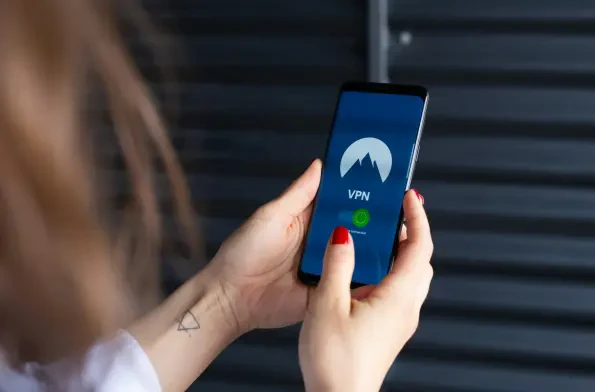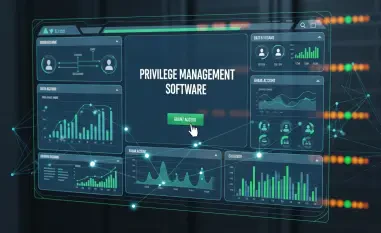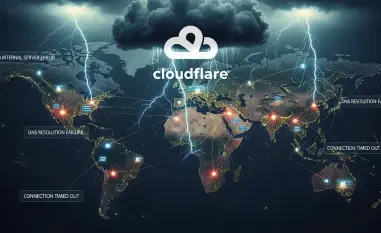In an alarming development for cybersecurity, a significant breach targeting SonicWall SSL VPN devices has surfaced, revealing the vulnerability of critical network infrastructure to sophisticated cyber threats. Reports from leading security firms indicate that over 100 accounts across multiple customer environments have been compromised, with malicious actors gaining access through what appears to be stolen credentials rather than brute-force tactics. This incident, combined with separate exposures of sensitive data in SonicWall’s cloud services, paints a troubling picture of the risks facing organizations that rely on these widely used systems. As ransomware groups and other adversaries increasingly target such platforms, the urgency to strengthen defenses has never been clearer. This article delves into the specifics of the VPN breach, related security incidents, and the broader implications for cybersecurity practices, offering insights into how businesses can respond to these evolving dangers.
Unveiling the VPN Compromise
The scale of the recent SonicWall SSL VPN breach is staggering, with cybersecurity experts identifying unauthorized access to over 100 accounts spanning 16 distinct customer environments. A notable spike in malicious activity was observed earlier this month, with threat actors demonstrating an uncanny ability to authenticate quickly using valid credentials. Often originating from a specific IP address, these attacks vary in their objectives. In some instances, adversaries disconnect shortly after gaining access, suggesting possible reconnaissance efforts. In others, they dive deeper, scanning networks and attempting to infiltrate local Windows accounts. This erratic behavior hints at a calculated strategy, potentially laying the groundwork for more destructive exploits. The absence of brute-force tactics in these intrusions underscores a chilling reality: stolen or leaked credentials are fueling these breaches, posing a direct challenge to organizations that may not even realize their defenses have been penetrated.
Beyond the immediate breach, the implications of such access are deeply concerning for affected organizations. Once inside, threat actors can map out network architectures, identify critical assets, and prepare for lateral movement that could lead to devastating consequences like data theft or system lockdowns. The varying intent behind these intrusions—ranging from passive observation to active exploitation—complicates response efforts, as security teams must anticipate multiple attack vectors. Compounding the issue is the sophistication of the attackers, who appear to prioritize stealth over overt disruption in many cases. This calculated approach suggests that some compromises might remain undetected for extended periods, allowing adversaries to embed themselves within networks. For businesses relying on SonicWall solutions, this breach serves as a stark reminder that even trusted systems can become gateways for cyber threats if credential security and monitoring are not rigorously maintained.
Cloud Backup Exposure and Additional Threats
In a separate but equally troubling incident, SonicWall disclosed unauthorized access to firewall configuration backup files stored within its cloud-based MySonicWall accounts. These files, which include sensitive information such as user settings, domain configurations, and certificates, represent a goldmine for malicious actors seeking to exploit network access points. Security analysts have warned that such exposures could enable attackers to bypass existing defenses, gaining a foothold in otherwise secure environments. While no direct link has been established between this cloud breach and the VPN compromises, the overlap in timing and target raises questions about systemic vulnerabilities within SonicWall’s ecosystem. The potential for adversaries to combine exposed data with credential-based attacks amplifies the risk, creating a multi-layered threat that demands immediate attention from affected users.
Adding to the complexity, ransomware groups have increasingly set their sights on SonicWall devices, exploiting known vulnerabilities to devastating effect. A prominent example involves the Akira ransomware campaign, which targeted a U.S.-based customer through a compromised VPN server just a few months ago. The attack showcased a full spectrum of malicious tactics, including network scanning, lateral movement, privilege escalation, and data exfiltration. Unpatched flaws, such as CVE-2024-40766, played a pivotal role in facilitating these intrusions, highlighting a persistent gap in timely updates among many organizations. This incident underscores a broader trend: adversaries are not just targeting zero-day exploits but are capitalizing on well-documented vulnerabilities that remain unaddressed. For SonicWall users, the convergence of cloud data exposures and ransomware-driven attacks signals a critical need to reassess security postures and prioritize comprehensive risk mitigation strategies.
Strengthening Defenses Against Evolving Risks
In response to these multifaceted threats, cybersecurity professionals have outlined several actionable steps for SonicWall users to safeguard their systems. Organizations utilizing the cloud backup service are strongly advised to reset credentials on live firewall devices to prevent unauthorized access. Further protective measures include restricting WAN management and remote access, revoking external API keys linked to firewall systems, and closely monitoring login activity for any signs of anomalies. Implementing multi-factor authentication (MFA) for administrative and remote accounts is also deemed essential to add an extra layer of defense. These recommendations reflect a consensus among experts that proactive, layered security practices are vital to counter the sophisticated and opportunistic nature of current cyber threats targeting network infrastructure.
Looking ahead, the incidents surrounding SonicWall serve as a broader warning about the importance of vigilance in an era of escalating cyber risks. Beyond immediate fixes, businesses must commit to regular patch management to close known vulnerabilities that adversaries continue to exploit. Continuous monitoring and rapid incident response capabilities are equally critical, ensuring that breaches can be detected and mitigated before they escalate into full-scale crises. The evolving tactics of threat actors, from credential theft to ransomware deployment, necessitate a dynamic approach to cybersecurity that adapts to new challenges as they emerge. By reflecting on the breaches that unfolded and taking decisive action, organizations can better position themselves to navigate the complex threat landscape, turning lessons learned into robust safeguards for the future.













